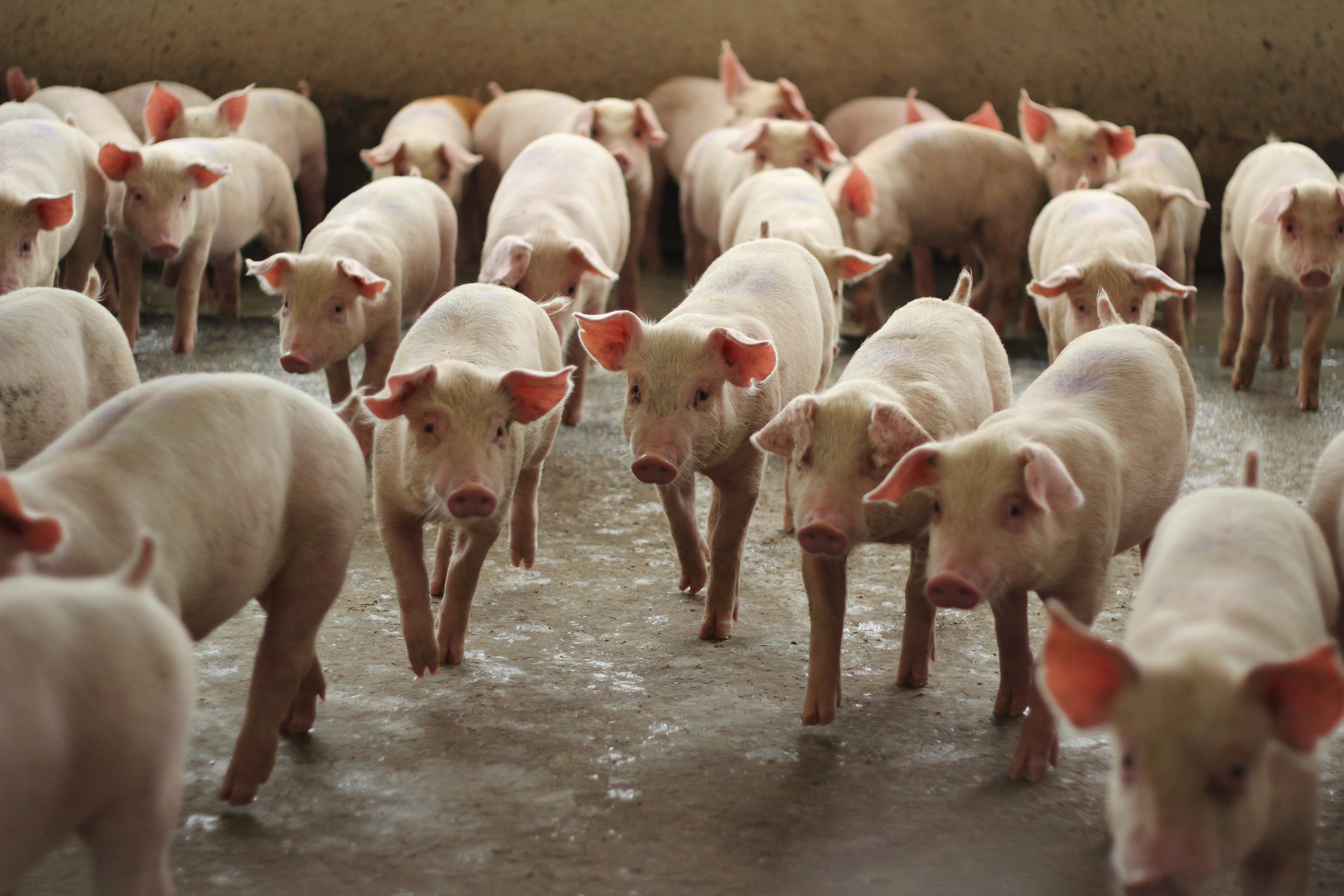In the realm of pig farming, the focus is often on diet, housing, and equipment. However, one crucial nutrient is frequently overlooked: water. Despite its importance, the quality of drinking water for pigs is seldom considered, yet it plays a pivotal role in the health and productivity of the animals.
Water is vital to a pig’s diet, particularly when they consume dry feed. Pigs can consume at least twice the amount of water compared to their feed intake. Therefore, ensuring the quality and availability of water is essential for maintaining the health of the herd.
There are several basic requirements for drinking water that need to be met to ensure it is suitable for pigs:
To guarantee the quality of drinking water, several factors must be considered:
The daily water intake varies depending on the weight and stage of growth of the pigs. For instance, piglets under the sow require approximately 0.7 to 1 liter per head per day, while lactating sows can consume up to 60 liters per day.
Initial quality assessment should occur on the farm. Check water lines, medicators if present, and drinking systems for condition and placement. Perform sensory evaluations such as visual and olfactory checks. Conductivity, which relates to hardness, and pH (high pH with HCO3-) are crucial; a high pH combined with high conductivity increases the risk of scale formation.
For lab analysis, 1 litre of water is needed for chemical and microbiological testing. Examining hardness and ions in the solution is crucial. Microbial analysis helps determine the necessity for disinfection and organic contamination.
Regular testing of water quality is crucial. Parameters such as pH, hardness, ammonia, chloride, iron, and manganese levels should be monitored to ensure they remain within acceptable ranges.
|
PIGS |
HUMANS* |
||
|
pH |
>5 and <9 |
6.5-9.5 |
|
|
Hardness |
°dH |
<18 |
- |
|
Conductability |
μS/cm |
<3000 |
2500 |
|
Ammonia |
mg/l |
<3 |
0.5 |
|
Chloride |
<500 |
250 |
|
|
Iron |
<3 |
0.2 |
|
|
Manganese |
<4 |
0.05 |
|
|
Calcium |
500 |
No limit |
|
|
Redox potential |
<50 |
5 |
*German drinking water norms, Source BMLF 2007 adapted
Treatments such as acidification and chlorine dioxide can help maintain water quality. However, it is important to consider factors such as pH levels, organic contamination, and the presence of biofilms. Proper treatment can prevent scale formation, reduce bacterial proliferation, and enhance water quality. It is recommended to use Hydrogen peroxide or other agents to eliminate all biofilm once the cycle is complete or when the room is vacant.

Ensuring the quality of drinking water is pivotal in pig farming. Initial testing can be conducted in a laboratory, but ongoing monitoring should be performed on the farm. By paying attention to water taste, suitability, and usability, farmers can significantly enhance the health and productivity of their pigs.
Embrace the importance of water quality, and your herd will thrive as a result.
© Kemin Industries, Inc. and its group of companies 2025 all rights reserved. ® ™ Trademarks of Kemin Industries, Inc., USA
Certain statements may not be applicable in all geographical regions. Product labeling and associated claims may differ based upon government requirements.